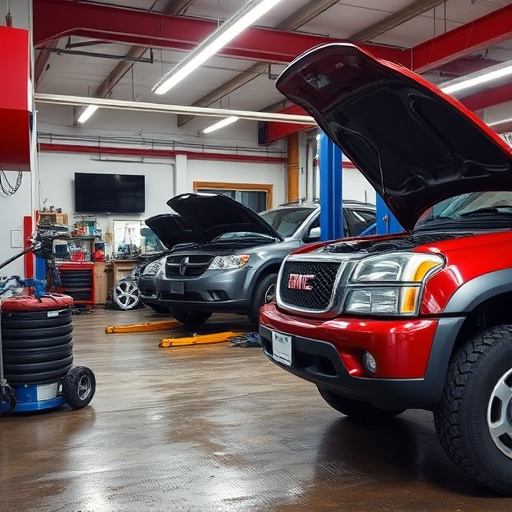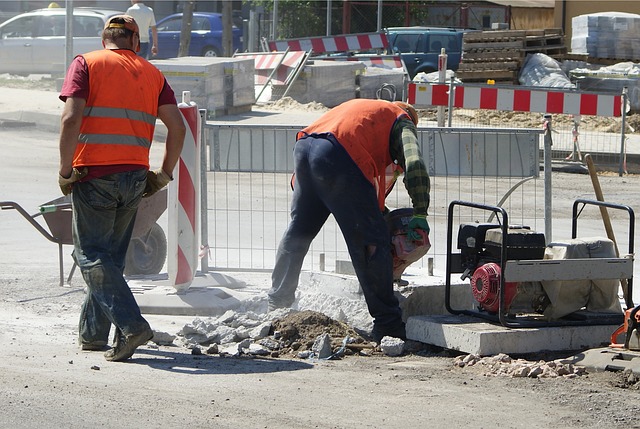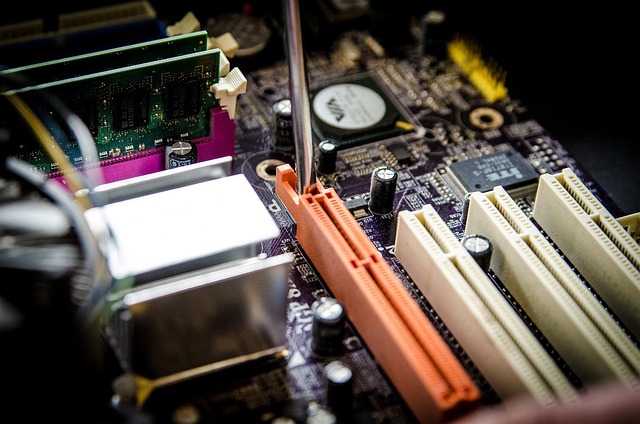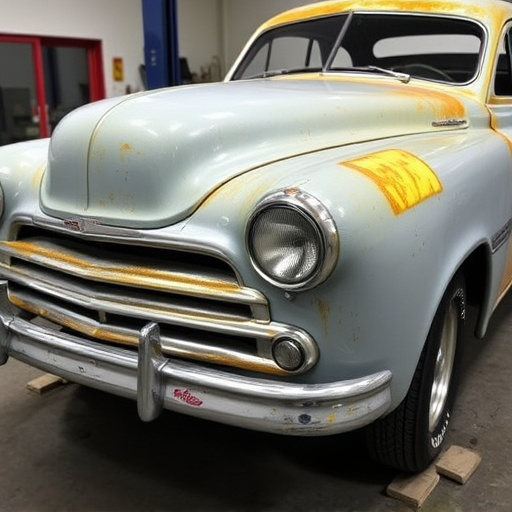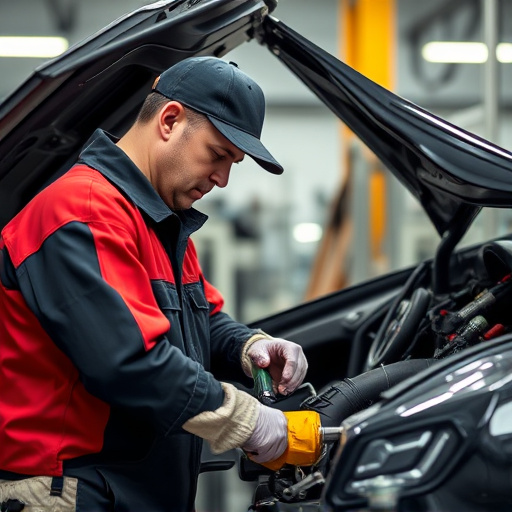After a minor crash, promptly assess potential axle issues despite unseen underbody damage. Abnormal wheel noise, irregular steering, or pulling to one side during acceleration signal axle problems requiring immediate professional axle repair for safety. Even slight impacts can cause loose bearings, damaged suspension components, or misaligned axles. Early diagnosis and repair by a mechanic prevent escalated damage affecting interconnected systems. For serious damage, contact roadside assistance or tow services; professional body shops offer thorough axle repair.
After a minor crash, it’s crucial to pay attention to warning signs of potential axle trouble. Even seemingly small impacts can cause hidden damage to your vehicle’s axles. This comprehensive guide explores common axle issues that may arise post-crash and provides insights on when professional axle repair is essential. Learn the steps for temporary roadside maintenance to keep you safe until a full diagnosis and repair. Remember, prompt action regarding axle repair after an accident ensures safety and prevents further damage.
- Recognizing Common Axle Issues After a Crash
- When to Seek Professional Axle Repair
- Steps for Temporary Roadside Axle Maintenance
Recognizing Common Axle Issues After a Crash
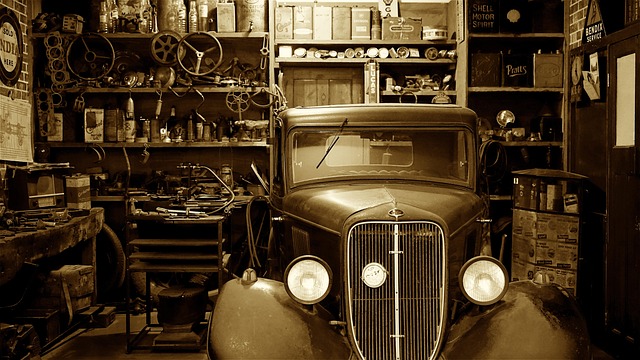
After a minor crash, it’s crucial to recognize common axle issues that might require prompt axle repair after accident. While some damage may be visible immediately, like dents or scratches, other problems related to the vehicle’s underbody—including axles—can go unnoticed. Axles play a vital role in your car’s stability and handling, so any malfunction can lead to serious safety hazards if left unaddressed.
During post-crash inspections, look out for signs like abnormal noise coming from the wheels during driving, steering that feels irregular or unpredictable, or vehicles pulling towards one side when accelerating. These symptoms could indicate issues with the axle bearings, bushings, or U-joints. As compared to traditional vehicle collision repair methods, techniques like paintless dent repair can be a more efficient and cost-effective solution for minor damage, allowing for faster restoration of your vehicle’s safety features, including axles.
When to Seek Professional Axle Repair
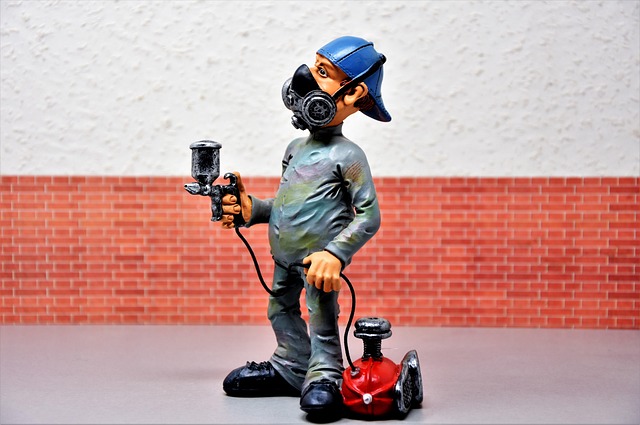
If you’ve been involved in a minor crash, it’s crucial to pay close attention to your vehicle’s performance post-accident. While some car scratches and minor dents might be easily reparable, axle trouble after an accident often requires immediate professional intervention. Even if the initial impact seems minimal, unexpected issues like loose wheel bearings, damaged suspension components, or misaligned axles can arise, compromising your vehicle’s safety and handling.
In cases where you notice unusual noises during steering, vibration while driving, or significant loss of control over your vehicle, it’s imperative to visit a collision repair center for thorough inspection. Delays in axle repair after an accident could lead to more severe damage, affecting not just the axle but also other interconnected systems. A professional mechanic will have the expertise and tools to diagnose and fix these issues, ensuring your car is safe to drive again.
Steps for Temporary Roadside Axle Maintenance
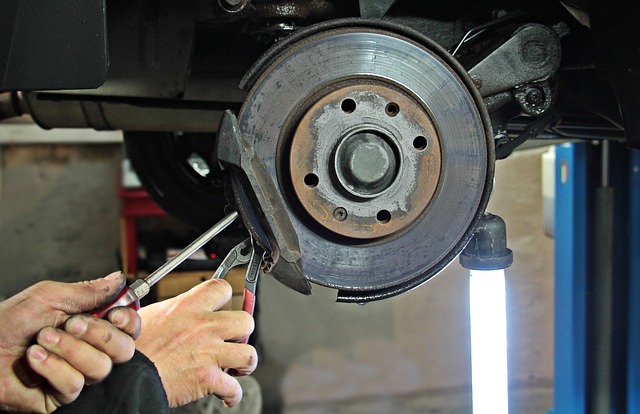
If you’ve been involved in a minor crash, it’s crucial to check for any warning signs of axle trouble before continuing your journey. While some issues may be obvious, like visible damage or fluid leaks, others can be more subtle. Look out for unusual noises coming from your vehicle, such as clicking or popping sounds while turning, which could indicate misaligned components. Additionally, keep an eye on any vibrations or handling inconsistencies, as these might suggest a damaged axle or suspension system.
In the event of a suspected axle issue after a crash, temporary roadside maintenance can help get you to a safe location. First, ensure your safety by pulling over to a flat, stable surface away from traffic. Then, inspect the wheels and tires for any damage. If the issue is minor, such as a loose wheel nut, tighten them using a wrench. For more serious problems like a bent axle or damaged suspension, consider basic repairs like jacking up the vehicle (using proper safety measures) and securing it with wheel chocks to prevent further movement. In cases where the damage is extensive, it’s best to contact roadside assistance or tow truck services for help, and remember that professional body shop services are available for thorough axle repair after an accident.
After a minor crash, recognizing the warning signs of axle trouble is crucial for ensuring safe driving and preventing further damage. By understanding common issues like suspension misalignment, broken or damaged axles, and bearing wear, you can make informed decisions about when to seek professional axle repair. Remember, timely intervention is key; prompt action can save you from costly repairs and potential safety hazards on the road. For temporary roadside maintenance, knowing basic troubleshooting techniques can be a game-changer. However, for serious concerns, don’t hesitate to consult a professional mechanic for expert axle repair after an accident.



